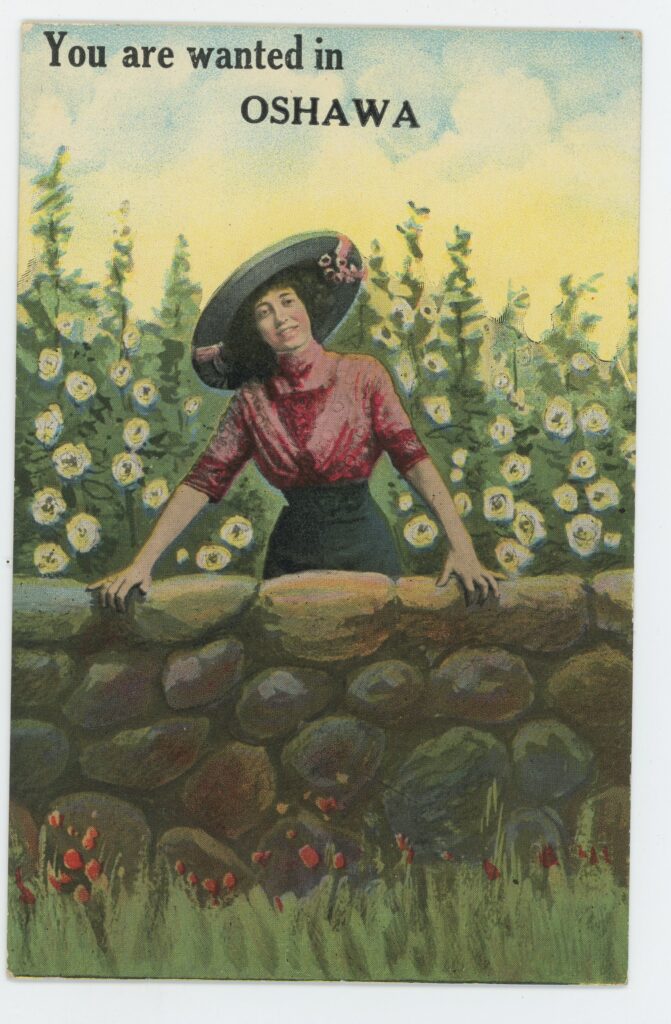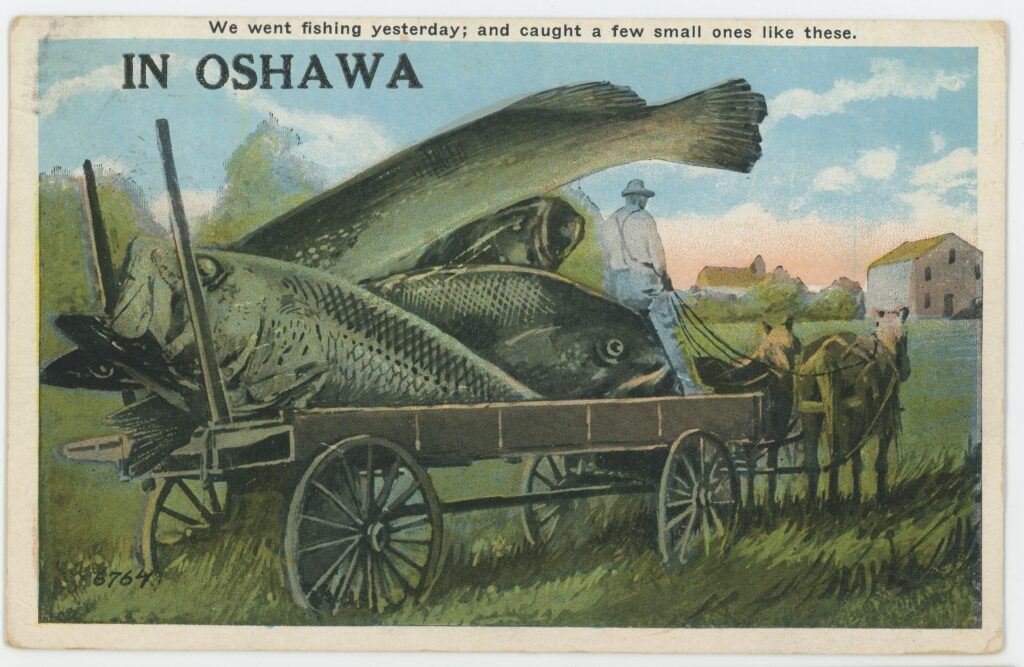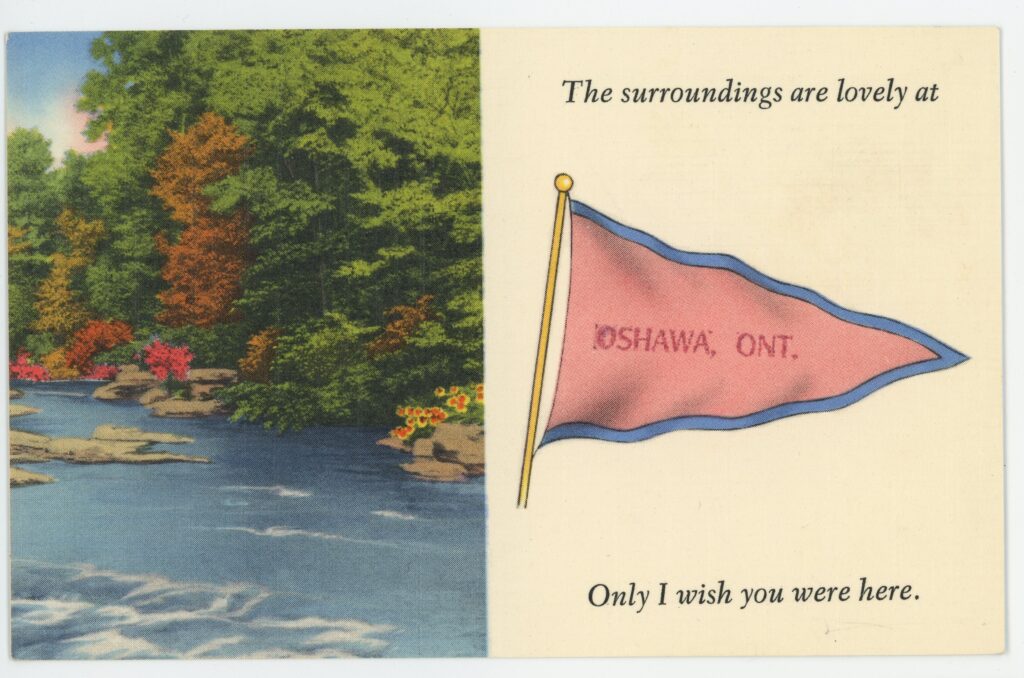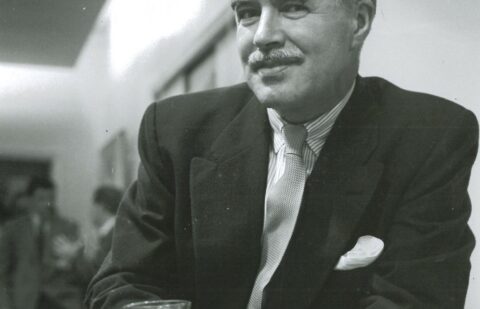Clement Greenberg was an influential American art critic who helped define twentieth century art. At the peak of his career in the 1940s and 1950s, Greenberg helped establish abstract expressionism as the popular art form, making artists like Jackson Pollock a household name. Members of the Ontario abstract collective, Painters Eleven, wanted to invite Greenberg to Toronto to evaluate their work. This exhibition pulls together artworks produced after this visit and considers the effect, if any, the American critic had on their individual art practice.
It was William Ronald who suggested inviting Clement Greenberg to do studio visits at a Painters Eleven meeting on May 9th, 1957. While some members were keen on the idea, Harold Town and Walter Yarwood were staunchly opposed, with Town stating: “I refuse to show my paintings to any damned American art critic.” Town did not like the idea of an American influencing what Canadian abstract painters were doing and did not want his validation. He believed that abstraction in Toronto was different and just as significant as their New York contemporaries. Despite the opposition, the group made the arrangements and the visit occurred in June 1957 without the participation of Town, Yarwood, and Oscar Cahen who had tragically died the year before.
Greenberg spent half a day each in their studios, and developed lasting relationships with some of the artists. Alexandra Luke’s notes from the visit said that Greenberg believed that the group was “on fire”. He was impressed by what they were doing and was eager to see where each of them would go in their careers. Greenberg told the group: “…you can all paint excellently – what you have to do is to realize that within yourselves you have the personal abilities to say something as profound as anywhere in the world.”
Whether directly influenced by Greenberg’s comments or not, this was a time of change for the group. Some were already moving away from abstract expressionism and pushing their own individuality as artists. Painters Eleven members were indeed “on fire” in 1957. Gaining the attention and respect of a critic of Greenberg’s stature is an important part of their history.
Who were Painters Eleven?
- Painters Eleven was the first abstract artist collective in Ontario, founded in 1953 at the cottage of Oshawa artist Alexandra Luke on the Oshawa/Whitby border.
- Painters Eleven banded together around their shared desire to support abstraction and exhibit.
- They were a collective from 1953-1960 and included the following artists: Alexandra Luke, William Ronald, Jack Bush, Oscar Cahen, Walter Yarwood, Kazuo Nakamura, Hortense Gordon, Harold Town, Jock Macdonald, Tom Hodgson, and Ray Mead.
- The RMG has the largest collection of artworks by Painters Eleven in the world.
Who was Clement Greenberg (American, 1909-1994)?
- Greenberg was one of the most influential art critics in the 20th century, and championed modernism and abstraction, helping to define Abstract Expressionism and Color Field painting.
- Greenberg believed abstraction was superior to realism because of the focus on form rather than content. He thought art should focus on the medium used and not tell stories or comment on the world.
- He wrote extensively about modern art. Some of his most important essays are : Avant-Garde and Kitsch (1939), Abstract Art (1944), and The Crisis of the Easel Painting (1948)
- Greenberg was also an art collector. He amassed a huge collection that was donated to the Portland Art Museum by his widow Janice Van Horne. His collection included works by Kenneth Noland, Hans Hofmann, Jackson Pollock, William Ronald and Jack Bush.
- Greenberg was not without controversy. Most notably he had a rivalry with fellow art critic Harold Rosenberg. Greenberg never swayed from his belief that art should be flat, abstract and focus on formal qualities, while Rosenberg argued that art should focus on content and action.
- Like the painters Eleven, Greenberg visited other Canadian artist’s studio by invitation. He travelled to Northern Saskatchewan where he connected with artists like Kenneth Lochhead, Dorothy Knowles, and William Perehudoff.



